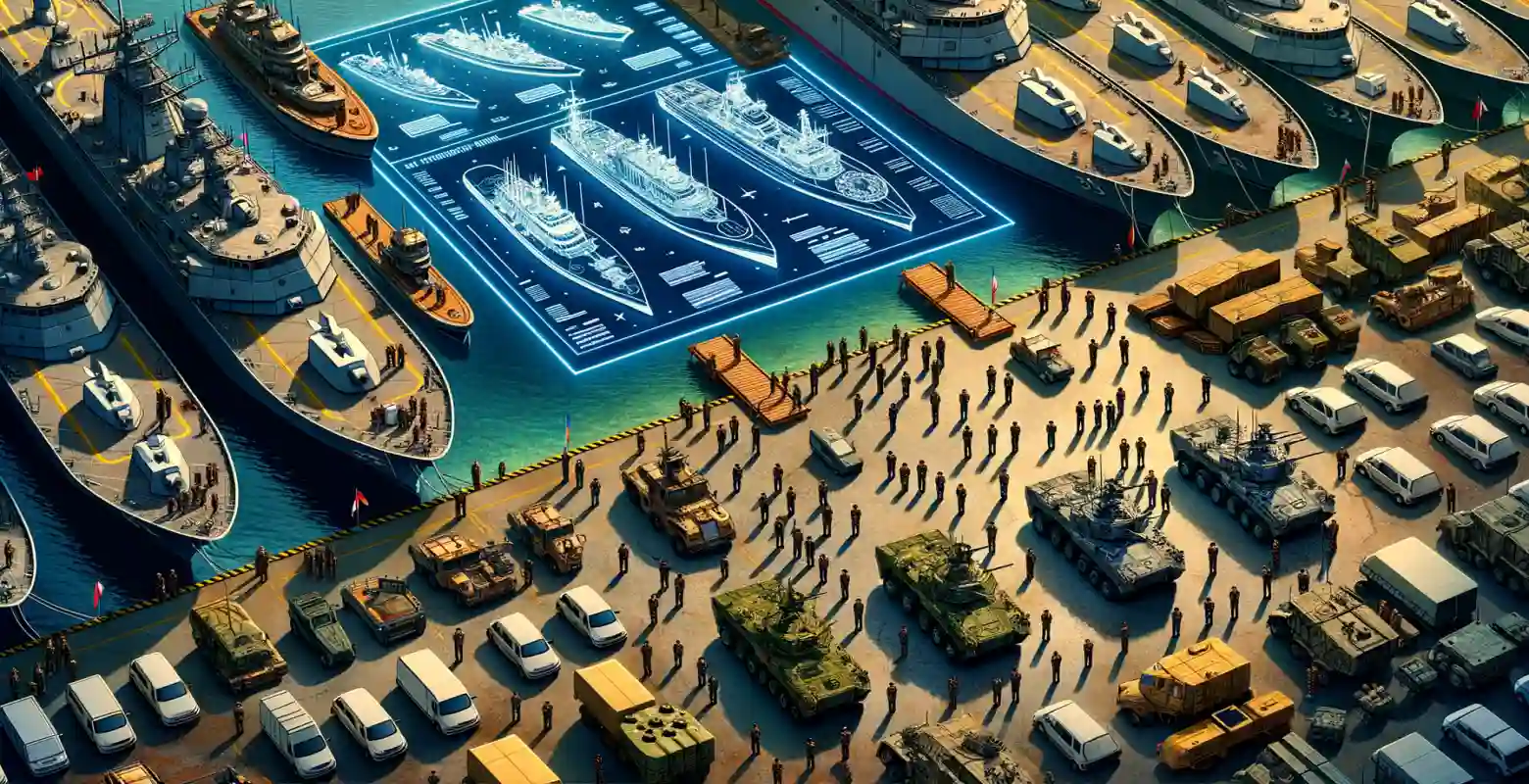The biggest challenges of modernizing the military fleet
Introduction
The modernization of the military fleet is an extremely important topic from both the perspective of national security and international politics. Faced with dynamically changing threats and technological progress, armies around the world are challenged to modernize their resources. This modernization not only enhances the country's defense capabilities but also strengthens its position on the international stage. In this article, we will examine the greatest challenges associated with the process of modernizing the military fleet, analyzing various aspects of this complex undertaking.
Technological Challenges
One of the most important aspects of modernizing the military fleet is the implementation of modern technologies. Contemporary armament systems rely on advanced technologies such as artificial intelligence, drones, and cybersecurity. Introducing these technologies requires not only purchasing modern equipment but also training personnel in its operation.
Example: The United States Navy has heavily invested in the development of maritime drone technologies in recent years. These drones are used for reconnaissance as well as offensive operations, significantly enhancing the fleet's operational capabilities.
Budget and Costs
The costs of modernizing the military fleet are enormous and often pose one of the biggest challenges for governments. Investments in modern technologies and equipment, as well as personnel training, require significant financial resources. Many countries struggle with limited budgetary resources, affecting the pace and scope of modernization.
Statistics: According to the Stockholm International Peace Research Institute (SIPRI), global military expenditures in 2022 exceeded 2 trillion dollars, demonstrating the scale of investments necessary to maintain modern armed forces.
Political and Geopolitical Aspects
Modernizing the military fleet also has significant political and geopolitical implications. Decisions regarding the purchase of new equipment are often tied to foreign policy and international relations. Choosing a supplier of modern armament can impact relations with other countries and have far-reaching consequences.
Example: By modernizing its air fleet, Poland opted to purchase American F-35 fighters, strengthening its relationship with the USA but also influencing relations with other European countries.
Logistics and System Integration
Integrating modern armament systems into existing military infrastructure presents another challenge. This requires not only proper logistical planning but also interoperability between different systems. Ensuring that new equipment can effectively collaborate with existing resources is crucial for the success of modernization.
Example: Implementing new missile defense systems requires coordination with existing radar systems and command centers, necessitating advanced technological and organizational solutions.
Personnel Training and Education
Purchasing new equipment is just the beginning of the modernization process. Proper training of personnel responsible for its operation is also a key element. Modern technologies often require specialized knowledge and skills that must be developed through training and educational programs.
Example: Introducing battlefield management systems based on artificial intelligence requires operators to possess not only equipment knowledge but also analytical skills and an understanding of complex algorithms.
Future Trends and Innovations
Looking to the future, modernizing the military fleet will not only involve replacing old equipment with new. Developing innovative technologies that can revolutionize contemporary armed forces will also be crucial. Technologies such as quantum computers, biotechnology, or the development of composite materials can significantly impact the future of modernization.
Example: Research on composite materials could lead to the production of lighter and more durable floating units, increasing their operational efficiency and reducing operating costs.
Summary
Modernizing the military fleet is a complex and demanding process that entails numerous technological, financial, political, and logistical challenges. However, properly conducted modernization can significantly enhance a country's defense capabilities and its position on the international stage. Contemporary armies must continually adapt to changing geopolitical and technological conditions, requiring a strategic approach and a long-term vision of development.
In the face of a rapidly changing world, modernizing the military fleet remains a key element in ensuring national and international security. It is therefore worthwhile to monitor the development of defense technologies and their impact on global politics to better understand the challenges and opportunities that the future holds.






Number of comments: 0